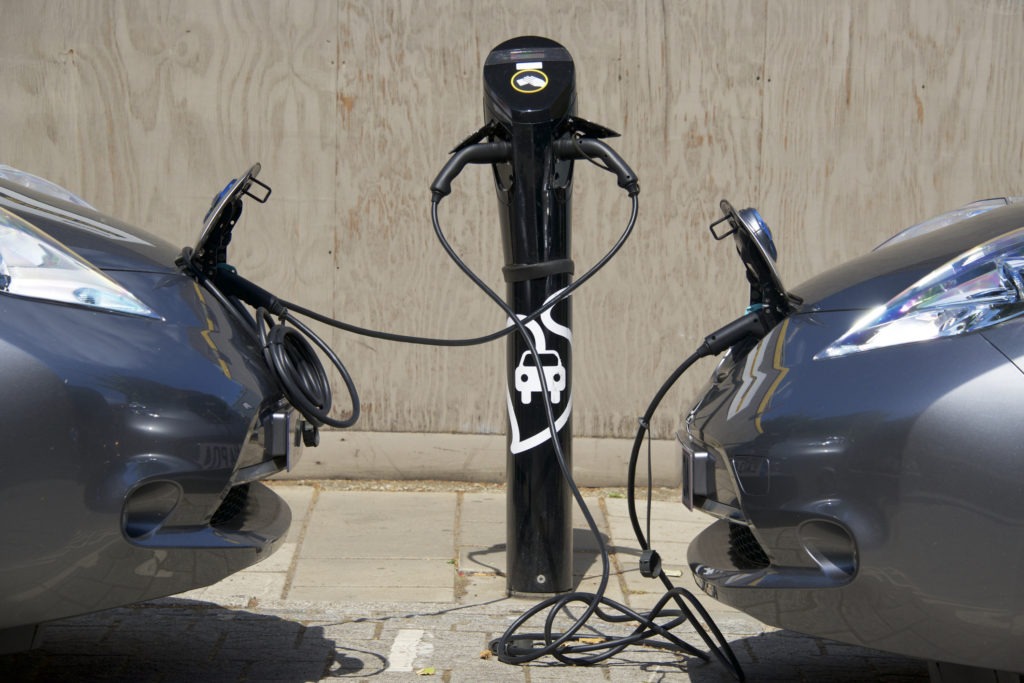TfL announces major expansion of London’s rapid charging points to support rising demand
04 May 2017

04 May 2017
Transport for London (TfL) has announced its plan for meteoric growth in its network of electric vehicle (EV) charging points over the next two and a half years as the capital gears up for the watershed switch to EVs expected around the turn of the decade in 2020. With all major manufacturers launching major EV line-ups around this time, supported by big marketing campaigns, the UK capital is making sure it is ready for the generational shift away from combustion engines, which will also be spurred on by the introduction of its tightened emission zone regulations.
Focussing on the maximum impact areas first, the first tranche of 75 of these rapid chargers will be installed by the end of this year, growing to a total of 150 by the end of 2018 and 300 by 2020.
Announcing the results of its competitive bidding process, TfL has appointed Centrica Consortium, BluepointLondon, Chargemaster, Electricity Supply Board (ESB) and Fasned as the successful applicants to greatly strengthen the capital’s EV rapid charging capability. These suppliers will undertake all the necessary actions, including funding, installing, operating and maintaining the charging network.
The scheme will move swiftly to combat the already fast rising demand, with the first of the new rapid chargers being fully operational within a matter of months, and able to charge vehicles in close to 30 minutes, rather than the three to four hours currently required on standard units. This will make EV charging far more mainstream, with early adopters being far less reliant on the charging points they have installed themselves at their homes.
TfL’s Director of Surface Strategy and Planning Ben Plowden said: ′Urgent action needs to be taken to clean up London’s toxic air and rid the Capital of the most polluting vehicles. An extensive rapid charging network is fundamental in helping drivers make the shift from fossil fuels to electric.’
He added: ′This is particularly important for the taxi and private hire trades and the fleet and freight sector, which over the next few years will be looking to dramatically increase the number of journeys made with zero-exhaust emissions.’
TfL is also teaming up with London’s borough councils to unlock the further sites needed for electric vehicle charging, including at service stations and major upgrades to the local power supply.
Further strategic EV hubs are also being evaluated for major arterial roads, which would be owned and maintained by TfL. These would also be located on key areas of private land, including at London’s principal Heathrow Airport and at the Shell service stations.
These additional off-road charging locations are highly welcomed, since they go some way to solving the common problem in London of a shortage of road-side parking spaces for use for electric vehicle charging.
Another major impetus for the scheme is the need for the complete construction of a new supporting infrastructure for London’s iconic black cab fleet, which is set to go electric by 2018. Many of these charging points will be erected exclusively for their use by the end of next year. This will help accelerate the construction of the charging points.
The creation of this competitive market of multiple suppliers is a wise move, aimed at keeping prices low. In addition, a maximum rate will be guaranteed for pay-as-you-go users for the first two years of their introduction to further convince early adopters of EVs to make the switch. In another sensible management decision by TfL, in contrast to the EV adoption-harming complexities of previous UK systems, drivers will be able to pay at the charge point using a credit or debit card and it will not be compulsory to sign up to a membership or subscription scheme, such as those operated by suppliers like Chargemaster elsewhere in the UK. This will make it easier for fleet operators to do business with zero-emission vehicles, with the integrated network meaning drivers can use all five suppliers at no additional cost and seamlessly shop around as they please. Web and apps will allow for easy access to the location and availability of charging points, with the raw data itself also made available to third parties to enable the creativity of the app-developing community to provide their own supporting services. For example, the charge point locations could be added to popular third party travel apps such as Citymapper. Call centres will also provide 24/7 support.